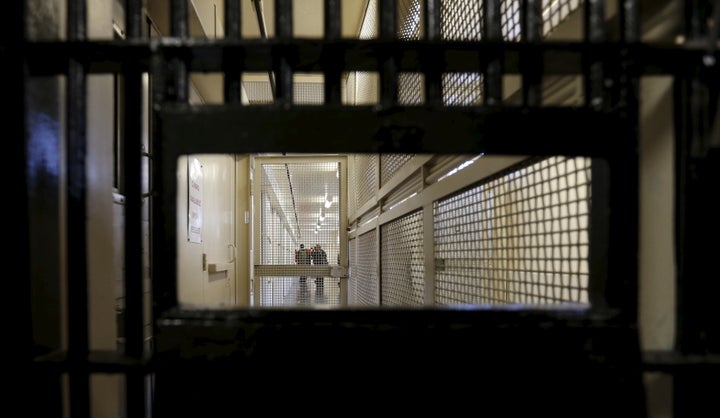
The Thirteenth Amendment was proposed on January 31, 1865 and ratified on December 6, 1865
“Neither slavery nor involuntary servitude, except as a punishment for crime whereof the party shall have been duly convicted, shall exist within the United States, or any place subject to their jurisdiction.” (13th Amendment, US Constitution)
I am often asked if the use of the words “slave narrative” in the title of my book, Invisible Men: A Contemporary Slave Narrative in the Era of Mass Incarceration is a trope or metaphor. It’s not. Though few Americans know it, the exception clause in the 13th Amendment makes a person a slave when they are convicted of a crime and sent to prison.
I know that former President Barack Obama, a Constitutional scholar and a black man, understands this. I applaud his efforts to address issues of mass incarceration. I understand the symbolism of his visit to a federal prison, the only American president to ever do so. These were important first steps, but there is a long road ahead.
While I was incarcerated in California in the 1980’s, I was a slave in San Quentin’s furniture factory, where I was paid 15 cents an hour. The office chairs I made were sold to the various state entities, among them the University of California, for $300 to $400. That is what I call slave labor. According to Jaron Browne’s article entitled Rooted in Slavery: Prison Labor Exploitation, “there are currently over 70 factories in California’s 33 prisons, alone.” (Reimagine.org) What I witnessed as a slave for the California Department of Corrections Industries was a contemporary, self-sufficient slave labor operation that included farms, fisheries, ranches, clothing and shoe factories, all worked by inmate slaves being paid 15 cents an hour like I was. Each inmate paid less than $2 dollars a day generates $41,540.00. annually for the state of California
It should be no surprise that when the inmates of several state prisons went on strike this year, their actions, particularly in California affected the bottom line of the state’s revenue stream. According to Popular Resistance.Org, the strike costs the state of California $600,000 every day. They estimate that the California Department of Correction Industries reaps $207 million in revenue and made a profit of close to $60 million annually. More broadly, the Prison Policy Initiative reports that the minimum annual estimate for all prison and jail industrial output in the US at over $2 billion. This is modern day slavery enshrined in the US Constitution. That profit margin is even higher in certain southern states that pay inmate workers $0.
My book deals with the at best difficult and often impossible challenge for former incarcerated people as they attempt so-called reentry and reintegration after having served their time and overpaid their debt to society as slaves. The title of the book is intended to draw attention to the gross inequities of penal servitude. The Prison Industrial Complex allocates on average $32,000 taxpayer dollars a year to incarcerate one inmate. When I was released I was given $200, a pat on the back, and a bus ticket if I needed one. What I and thousands of former slave laborers require is better preparation to reenter society after prison. What we now get is no better than being driven off southern plantations at the end of the Civil War, landless, penniless, and uneducated.
Going to prison in America is contemporary slavery, prison industries modern day plantations. I’ll celebrate when the words “slave narrative” are a trope or metaphor. Unfortunately, until we as a society commit our minds, hearts and resources to welcoming the formerly incarcerated as returning citizens, Invisible Men: A Contemporary Slave Narrative in the Era of Mass Incarceration, will remain the story of millions.
Flores A. Forbes: is an urban planner and writer who currently works at Columbia University in the City if New York. His book was published by Skyhorse Publishers in the fall of 2016.